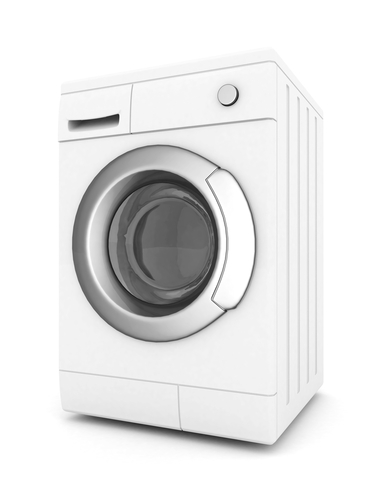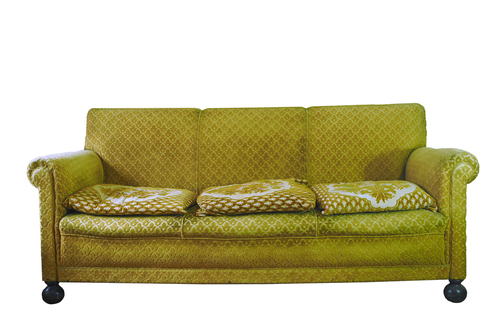Do you remember, back in Year 4, you spent some time exploring the classification of different groups of organisms and how to use keys to identify ones that you wanted to name?
Well, it's time to revisit the idea of classification and take things a little further. Remember, classifying things is little more than sorting them out into groups of things that are similar. For example, look at this selection of everyday items:
 |
 |
 |
 |
 |
 |
 |
 |
 |
So, if we had the Kingdom Everyday Stuff, then we'd need to classify this selection into different groups. We could do it in a variety of ways: where the item is used (kitchen, living room, bedroom, etc.), or whether it uses electricity. We could classify them into groups of white items, silver items, black items, etc. or we could classify them according to their size. However, the easiest way is to use particular features of the thing you're trying to sort. That's what classification is - making sense of what's around you, trying to get it into some sensible order.
Now, you're pretty familiar with the most basic (and biggest) level of classification - that's the Kingdom. So, the Animal Kingdom, the Plant Kingdom and so on is easy to understand. Of course, each kingdom is divided/sorted/classified into smaller (but still pretty big) groups, like vertebrates and invertebrates or flowering plants and non-flowering plants. Not surprisingly, it doesn't stop there!
So, let's go on a journey exploring how we do classification - what does that look like? Ready? Let's start!








